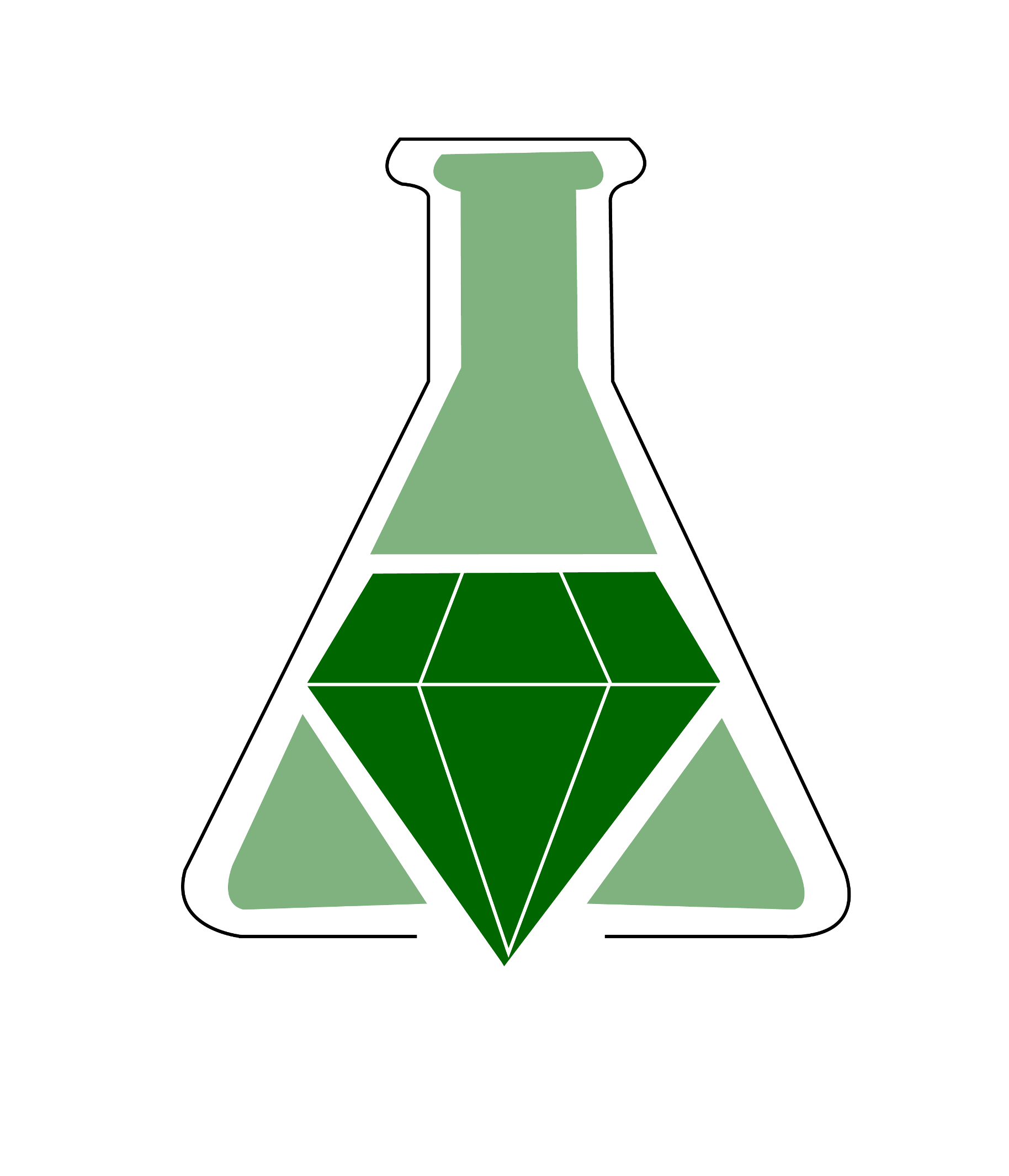Cocrystal Controlled Solid-State Synthesis. A Green Chemistry Experiment for Undergraduate Organic Chemistry

Summary
In this set of experiments, students will be introduced to condensation reactions, green chemistry, and cocrystal-controlled solid-state synthesis. This type of solid-state synthesis is performed by first making cocrystals of the two reactants (in this case an anhydride and an amine) which brings the reactive functional groups in close proximity to one another, allowing for a reaction to occur when heated.
A very interesting aspect of this lab is that students can perform the reaction under a variety of conditions including solvent-free or with microliter amounts of methanol or DMF. A possible project could be to have students form groups and perform the reaction under different conditions and then compare the different methods using a variety of metrics such as yield, atom economy, E-factor, and hazards.
Supplemental information includes detailed background information, experimental procedures, safety and hazards, instructor notes, materials list, color pictures of reagents, intermediate and product, and spectrographic data.
Summary prepared for the original GEMs database December 2008 by Douglas M. Young at the University of Oregon.
Cocrystal Controlled Solid-State Synthesis. A Green Chemistry Experiment for Undergraduate Organic Chemistry
Miranda L. Cheney, Michael J. Zaworotko, Steve Beaton, and Robert D. Singer
Journal of Chemical Education 2008 85 (12), 1649
DOI: 10.1021/ed085p1649
A very interesting aspect of this lab is that students can perform the reaction under a variety of conditions including solvent-free or with microliter amounts of methanol or DMF. A possible project could be to have students form groups and perform the reaction under different conditions and then compare the different methods using a variety of metrics such as yield, atom economy, E-factor, and hazards.
Supplemental information includes detailed background information, experimental procedures, safety and hazards, instructor notes, materials list, color pictures of reagents, intermediate and product, and spectrographic data.
Summary prepared for the original GEMs database December 2008 by Douglas M. Young at the University of Oregon.
Cocrystal Controlled Solid-State Synthesis. A Green Chemistry Experiment for Undergraduate Organic Chemistry
Miranda L. Cheney, Michael J. Zaworotko, Steve Beaton, and Robert D. Singer
Journal of Chemical Education 2008 85 (12), 1649
DOI: 10.1021/ed085p1649
Safety Precautions, Hazards, and Risk Assessment
See published journal article.
Link to external
